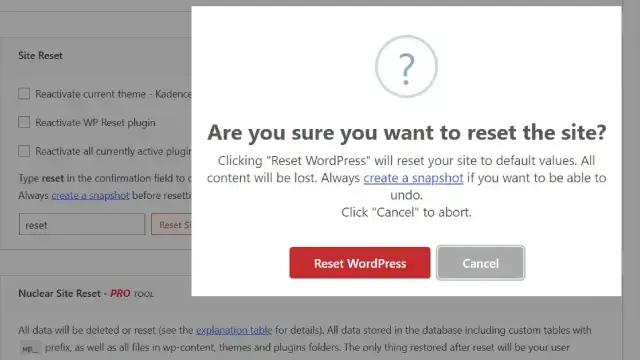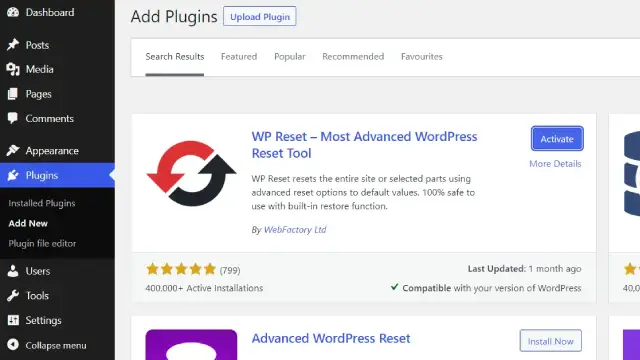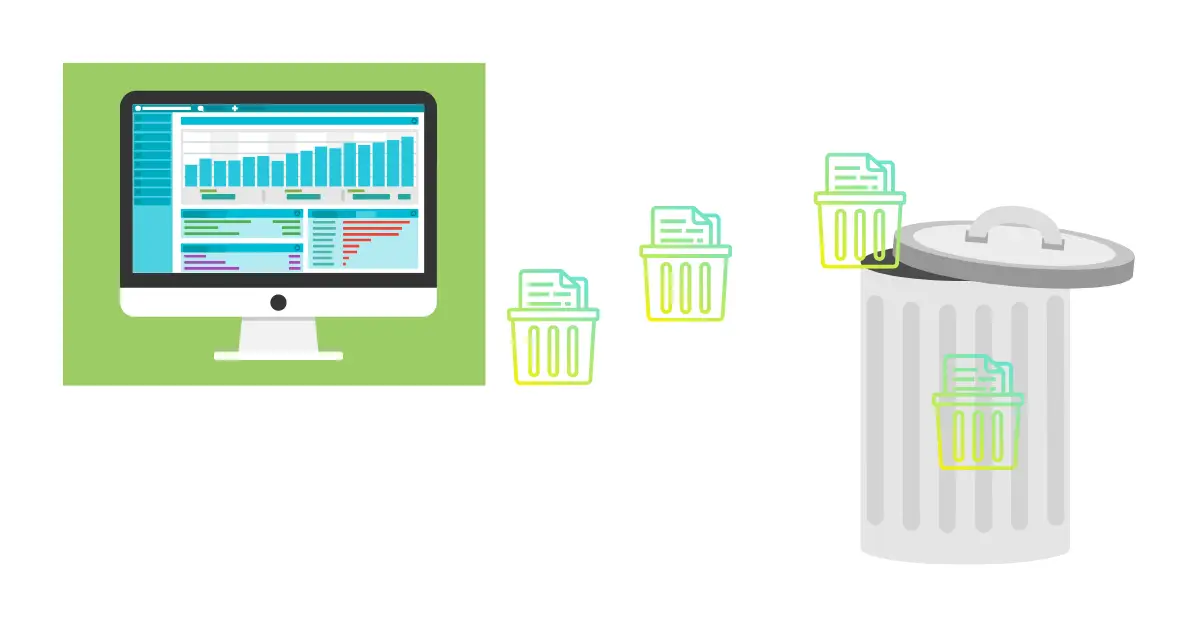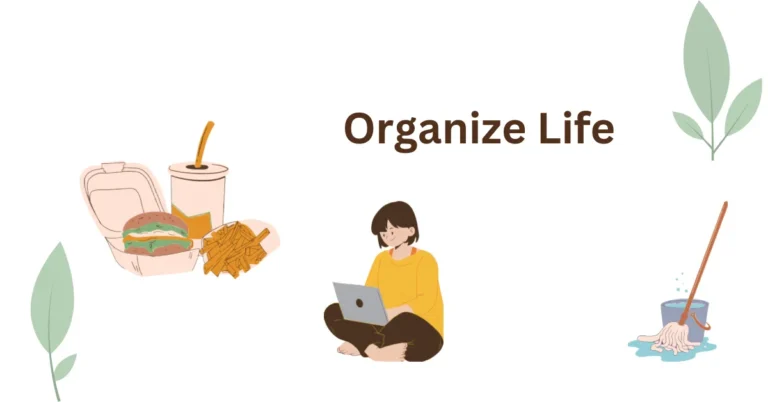How to Delete My WordPress Website or Reset it to Default
Reset WordPress site
We love WordPress but sometimes you have to reset your site for a fresh design. Here is a guide on how to delete your WordPress website. When you have decided to redesign your site or maybe start all over again. Now let’s see How to delete the WordPress site or reset it.

Permanently Delete WordPress Website
Decide to delete your whole WordPress website, permanently from the internet? Before deleting your whole website, just take a breath and think twice. Because after deleting it, you can’t get it back again. All your posts, designs, and site settings are gone in a minute. And your site becomes unavailable on the internet completely.

Make a backup
Firstly please make a backup before doing this. You want to delete your site completely. But If you change your mind in the future or want some piece of its content that you already deleted. That time your backup saves you.
Delete Data From Way Back Machine
Way back Machine collects all site information. You have to make sure to remove your site from it. If you want to permanently remove your site from the internet.
How to Reset WordPress Website
How to reset my WordPress website? You can reset your WordPress website by using these methods.
Using the WP Reset Plugin
It is really easy to reset your site by using plugins. Install a WP Reset plugin from the WordPress plugin list. It resets your site database to default. This will reset all your theme customization, and plugin settings and delete all your posts and page contents. And give you the default WordPress to take a fresh start.
Reset WordPress if you move it to Another Domain
This is not new when someone loses her domain, because you are not paying for it before it expired. Or you have taken a domain name that is not suited according to your site. And now you have changed it with another new domain. Or maybe you launched your site for a hobby and take it lightly. But now you wanna make it a professional site and take a seriously then the silly old design and domain do not suit you. If you want to add a new domain but also want to keep your old domain. Because your audience keeps searching your old domain. Then you can register a new domain and point it to your site. This way you can add 301 redirects from your old domain to your new domain.
Go to your WordPress site and click setting > General. Two web addresses are showing. Edit the WordPress address field and the site address field so it is your site’s new address. Old domain to new domain. Then click the save change button.
Reset my site back to default?
How do I reset my WordPress site? Are you thinking of not deleting your whole site? You can just reset your whole site, which makes it back to default.
Reset your theme settings to default, you can reset your theme in one single click. You have to do it by yourself, visiting each setting and choosing the default. In this way, your whole theme is back to its default setting. Also, some Plugins give a wipe setting, which wipes it all set. Or you can delete all plugins and install them again or customize their setting.
Reset WordPress Delete your content
Sometimes you have to reset your site and remove all the content. This is not necessary to completely reset. You can delete all posts by selecting them from the dashboard. Also, you can delete your old pages and design them from scratch.
Recheck and reset your website
Whether you’re looking to start fresh with a new website or no longer need your existing WordPress site, deleting it is a straightforward process. However, it’s essential to proceed with caution to ensure that you have a backup of your data and understand the implications of deleting your site. In this blog post, we will guide you through the steps to delete your WordPress website safely and effectively.
Step 1: Back up Your Website:
Before proceeding with the deletion process, it’s crucial to create a backup of your website. This ensures that you have a copy of all your content, files, and data in case you need to restore or migrate it in the future. You can use backup plugins or manually download your website files and database for safekeeping.
Step 2: Inform Your Users:
If your website has an active user base or subscribers, it’s important to inform them about the website’s closure or the reason for deleting it. This can be done through a blog post, email newsletter, or any other means of communication you have established with your audience.
Step 3: Save Your Content:
If you have valuable content on your website that you wish to keep, make sure to save it before deleting the site. You can manually copy and paste the content into a document or export it using WordPress’s export tool. This way, you can retain your content for future use or reference.
Step 4: Consider Redirects:
If you plan to redirect your visitors to a new website or a different web page, set up appropriate redirects before deleting your WordPress site. This ensures that any existing links or bookmarks to your site will redirect users to the desired location, minimizing the impact on your audience.
Step 5: Disable Plugins and Themes:
Before deleting your WordPress website, it’s recommended to deactivate and delete any active plugins and themes. This reduces the risk of leaving unnecessary files or data behind and helps maintain a clean and secure environment.
Step 6: Delete Your WordPress Installation:
To delete your WordPress website, access your hosting control panel or file manager. Locate the directory where your WordPress files are stored, which is typically public_html or www. Select all the files and folders associated with your WordPress installation and delete them. Confirm the deletion when prompted.
Step 7: Delete the Database:
Next, you need to delete the WordPress database associated with your site. Access your hosting control panel or database management tool and navigate to the section where you can manage databases. Locate your WordPress database and delete it. Be cautious not to delete any other databases that are in use.
Step 8: Confirm Deletion and Cleanup:
After deleting the files and database, visit your website’s URL to confirm that it no longer exists. If you see an error message or a blank page, it indicates that the deletion was successful. Finally, perform a cleanup by removing any remaining backups or files related to your deleted website to free up storage space.
Conclusion:
Deleting your WordPress website requires careful planning and execution to ensure a smooth transition or closure. By following the steps outlined in this guide, you can confidently delete your website, preserving your data and informing your users effectively. Remember to take backups, save your content, and consider redirects before proceeding. With proper preparation, you can delete your WordPress site with ease and move forward with your next web venture.





